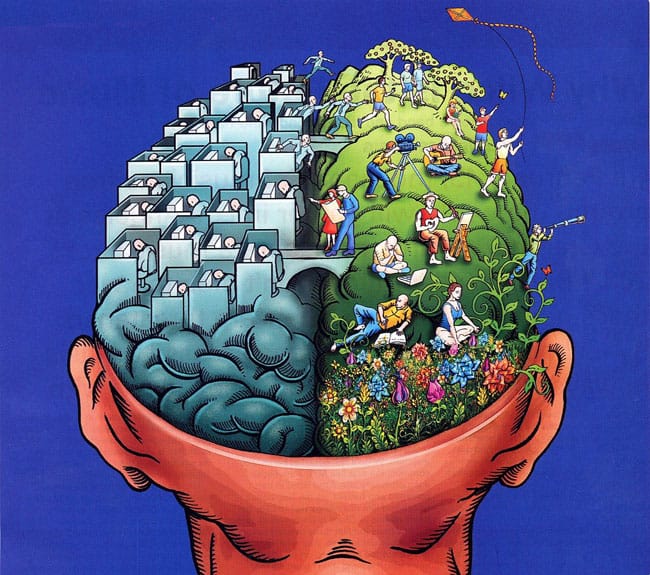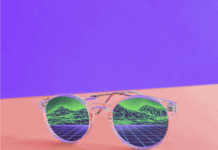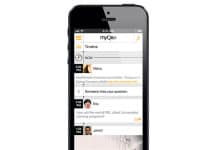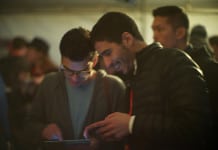
Habitual approaches to meetings can quickly deflate even the most inspired attendee, resulting in meeting fatigue. This is especially true for right-brained attendees who respond better to abstract collaboration and creativity. By bringing less conventional elements into a corporate event such as colorful visuals or hands-on activities, research has shown that visual and kinesthetic learners will respond more productively to the content. Here are four ways that can help right-brained attendees unleash their creative side during a meeting.
1. Start your session off with a game.
Meeting planners can start a meeting off right with a quick game that revolves around session content. Jeopardy-inspired trivia games, event-relevant crossword puzzles or even a playful quiz can help attendees spark some creativity before a session begins.
2. Involve attendees by doing small group exercises.
Breaking presentations down into 10- or 15-minute increments allows for time in between to encourage group participation. After each session, ask attendees to break into a group and write a list of the five things that they learned most from the session. This leads to more detailed conversations about the content and gets attendees to network at the same time.
3. Incorporate active breaks.
A quick yoga or dance break really helps visual and kinesthetic learners regain any energy lost during a meeting session. Visual learners will respond especially well if a visual backdrop is played during the workout, while kinesthetic learners respond well to music being played. Perhaps, playing a music video would appease everyone?
4. Encourage attendees to create a recap storyboard.
At the end of a session, ask attendees to create a storyboard or Pinterest board that represents the key points of the discussion. They could even use the notes taken from their small group conversations to turn into a drawing or something more visual that can be displayed for the entire audience to see and remember.








